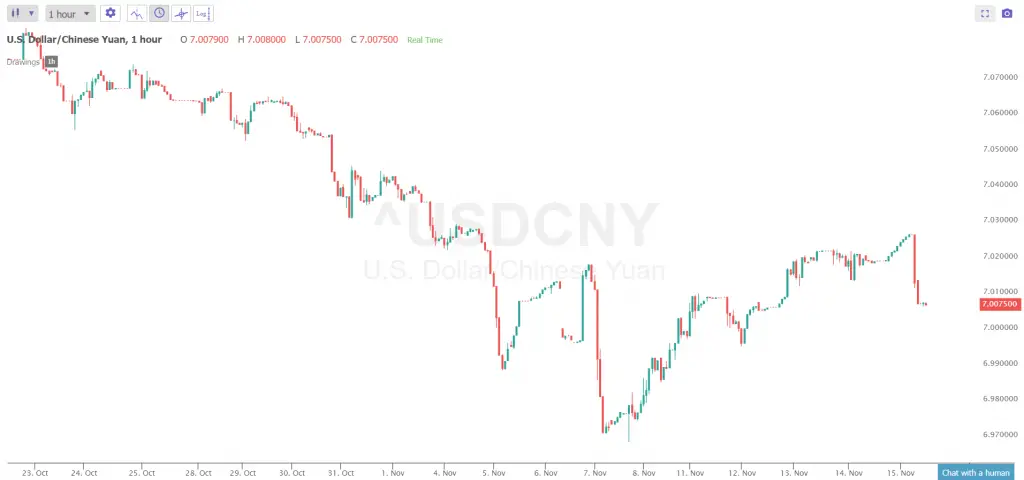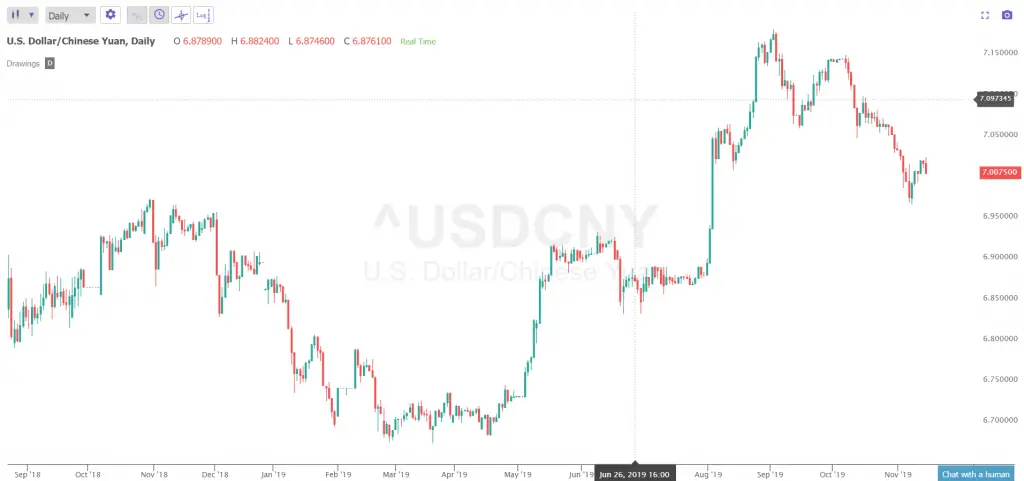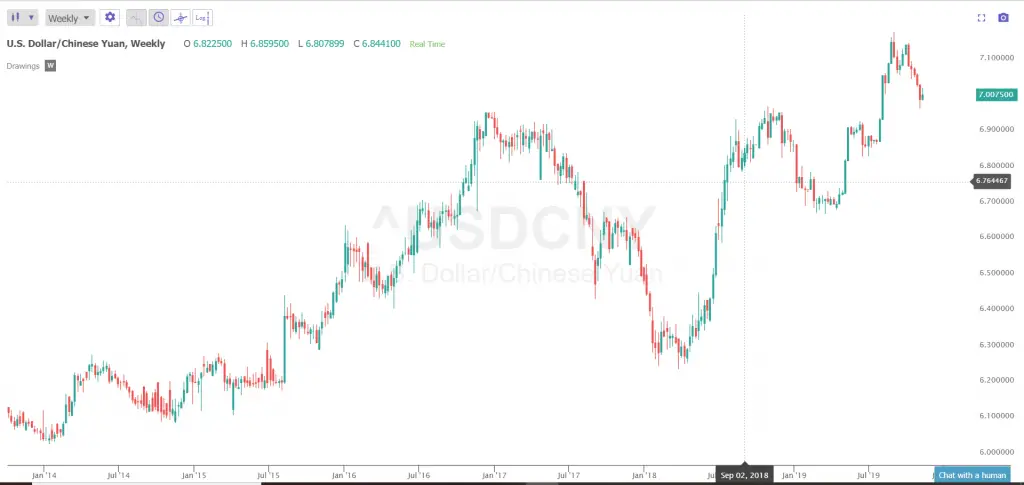This is a Guest Post by: Colibri Trader @priceinaction
As traders begin the journey, they will be hit with a multitude of different trading strategies, mantras, and methodologies. However, there are some things that do tend to hold true regardless of the trader or system, and multiple time frame analysis is most certainly one of them.
In this article, we will look at the benefits of using multiple time frame analysis, as well as some of the common mistakes that traders will make. Ultimately, by analyzing higher time frames, the trader has the ability to understand what larger players in the market may be doing, regardless of the time frame they work on. First, we will start with defining multiple time frame analysis.
What is multiple time frame analysis?
Multiple time frame analysis is the practice of looking at several time frames in order to determine the short, intermediate, and longer-term trend. For example, traders may look at the weekly time frame in order to understand the longer-term trend, the daily time frame to understand the intermediate trend, and the hourly time frame to understand the shorter-term trend.
Keep in mind that not all of these trends will line up. For example, you very well could have an uptrend on a weekly time frame, as well as a daily time frame. However, the hourly chart could be in a bit of a downtrend. By knowing what each time frame is doing, it gives you the ability to understand if you are trading with or against the bigger players out there.
In the following example, you can see that the USD/CNH pair has been rallying on the weekly time frame quite stringently. However, the daily chart has seen a bit of a downtrend as of late, just as the one hour chart has. But looking at the one hour chart, you can see that the market is trying to make a “higher high”, meaning that the trend could be turning to the upside. This makes the idea of going long on a breakout much more palatable, because you can see over the last several months the US dollar has been stronger than the Chinese Yuan.
Insert the weekly, daily, and hourly charts here….
Forex tends to trend for years. Take advantage of that.
One of the biggest advantages the trading Forex is that it tends to trend for years. It’s not uncommon at all to have a longer-term trend last for three years or more, and as a result Forex markets can be one of the most profitable markets out there for retail traders. However, they do need to be aware that there are larger forces at play, be it fundamental traders or large funds, and they control the market.
By using multiple time frame analysis, you can determine where the “big money” is trading, and more importantly, what direction they are trading in. In our USD/CNH example, you could have in theory made money shorting the market on the hourly chart for some time, but the reality is that you would have been fighting the longer-term trend. In other words, if you were to go along on the shorter time frame chart, the force of the bigger institutions was still more than likely going to be banking on the market rising. By being on the right-sided institutions, you make your life much easier.



Charts Courtesy of TrendSpider.com
Systems can be defined by multiple time frame analysis
One of the main ways traders can boost their gains is to know when it’s time to risk more or less on a trade. By using multiple time frame analysis, you get an idea as to whether or not taking on a lot of risk makes sense. Some traders have multiple systems that they use and depending on if the trade is with the larger trend or counter trend, it can greatly influence the size of the stop loss, the potential target, and most importantly the size of the trade.
An example of how this could come in to play this as follows:
- When trading with the higher time frames, use a full sized trade
- When trading with the higher time frames, put your stop loss under the previous low or above the previous high, depending on the direction in which you are trading
- When trading with the higher time frames, use a trailing stop loss
- When trading against the higher time frames, use half of the usual trade size
- When trading against the higher time frames, risk no more than 30 pips
- When trading against the higher time frames, move your stop loss to break even after 15 pips gained
Obviously, this isn’t an exhaustive list of how you may approach trading either with or against the longer-term trend, and the rules that may go with it. However, it gives you a rough idea as to what you may want to think about when back testing any system that you build.
Back testing
Speaking of back testing, it’s important to recognize the time frames and their direction when back testing a complete system. By keeping track of the various time frames, you can begin to distinguish patterns in the markets as to how your system performs and what the best situation is. Keeping track of your statistics and the variables is crucial to figure out what your advantage or edge will be.
As a road map
The best way to think of multiple time frame analysis is that it gives you the opportunity to see the road map of where the market has been, and where the market is most likely to go. Unfortunately, far too many newer traders will focus on one time frame only, and don’t see the so-called “big picture.” By seeing the entire road map, you can focus on what is most likely to work and see the support and resistance much more clearly than those who would not take the time to pay attention to.
Confidence is a huge part of trading, so knowing that the longer-term trend is most likely going to work in your favor does make a huge difference in not only your confidence, but your trading results as a whole. A simple statistical analysis of trend following will back up the necessity of using multiple time frame analysis with any system that you choose to trade, if for no other reason than to offer clarity.
For more articles by Colibri Trader check him out here on ColibriTrader.com and follow him on twitter @Priceinaction.